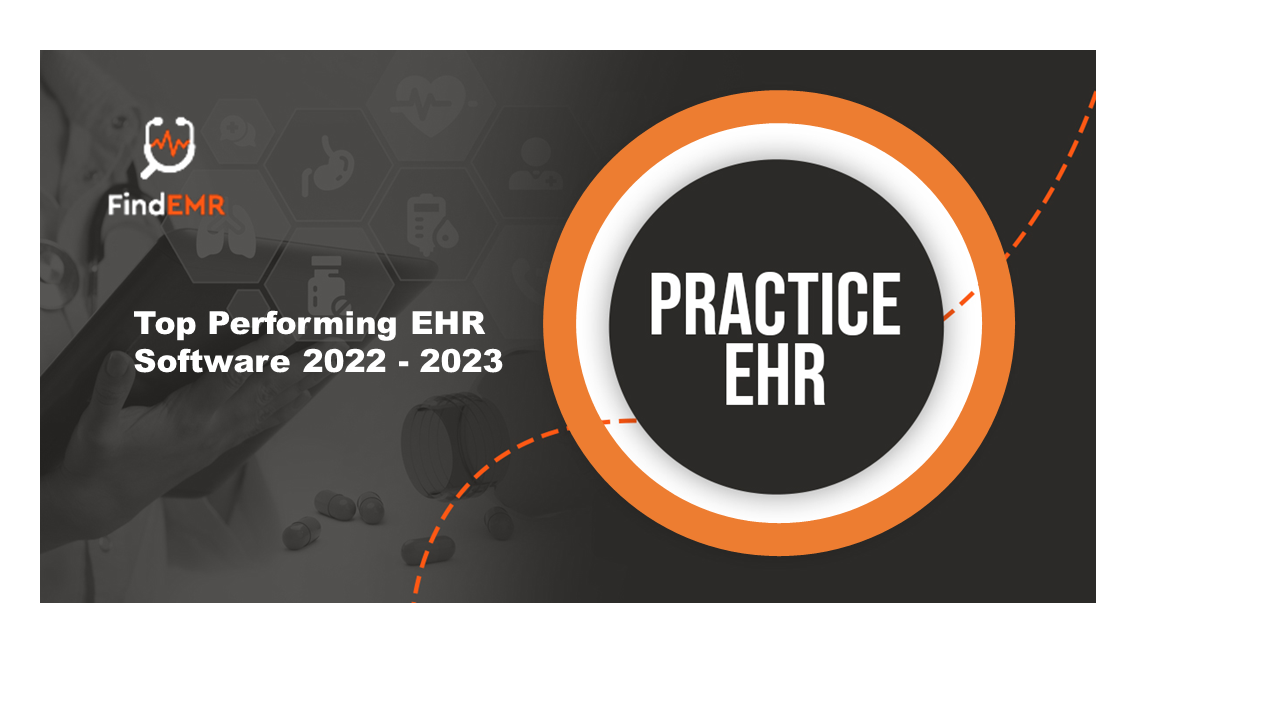Practice EHR is a provider of specialty-specific EHR and practice management solutions. These solutions help you streamline billing, practice management, and revenue-cycle services. Here are some of the features you should look for. These include a cloud-based application, telemedicine integration, and lab integration. All of these features make it easy to manage your practice.
Cloud-based
A cloud-based practice EHR system is a great way to simplify your practice and offer greater convenience. You can access the system from any device with an Internet connection, and your patients can view their own medical records, make appointments, and pay bills online. Unlike traditional EHR systems, cloud-based systems are flexible and expandable. You can take them with you when you open a new location, and the system can be expanded as your practice grows.
Cloud-based EHR systems do not require costly hardware or software licenses and are easy to install. Cloud-based systems are also less expensive than client-server EHR systems and are more convenient for smaller practices. Most cloud-based systems have customizable templates and advanced integration features, so you can easily customize the system for your specific needs. They are also easy to use and do not require a highly trained IT team or programmers.
Accessible via mobile devices
Increasing the accessibility of EHR to mobile devices can help improve patient satisfaction. For example, mobile access to Practice EHR can make the process of seeing a patient more convenient and less time-consuming. Furthermore, it can allow remote experts to provide an expert opinion, thereby increasing the quality of care. Nevertheless, only a limited number of studies have examined the features of mobile applications for practice EHR.
The growing popularity of mobile EHR has led to an increase in their adoption by providers of healthcare. These systems help physicians stay connected and access patient records from any location. This reduces the time physicians spend logging into workstations and helps them spend more time with patients.
Practice EHR Integrates with labs
Integrating with labs can be a challenging task. Most labs have a variety of instruments and software systems. While integration is possible, it can be costly and time-consuming. Therefore, organizations should consider the costs and benefits of integration before committing to one system or another. However, there are some advantages to choosing a system that integrates with labs.
When an integrated system is implemented, labs become a seamless part of the practice management system. This results in improved data quality and streamlined workflow. In addition, digital workflows make data more easily accessible. These operational systems share metadata and expose data to other systems. These data are called FAIR data and are freely available.
Offers integrated telemedicine
If your practice uses an EHR system, you may already use some aspects of telemedicine. A study conducted by 2020 Health found that 84 percent of patients would prefer to see a physician via telemedicine instead of being physically present in the office. Nevertheless, an integrated telemedicine system will allow you to integrate telehealth into your practice.
There are many options available for integrating telemedicine into your practice. Some vendors offer integrated telemedicine services in their EHR, while others are stand-alone solutions. These telehealth services are ideal for those who want to expand their services to reach more patients and save money.
Software Has a patient portal
The patient portal is a great tool for patients to access information. This information can be used to help them understand their medical conditions and bring the information to future visits. The patient portal can also be used to help coordinate care. It is important to understand that there are some instances in which a patient will not be able to access the information, such as in the ED.
The EHR and the PHR are both evolving. While EHR patient portals are limited to a practitioner’s practice, PHRs are portable and focused on the patient. Both EHR and PHR patient portals have tried to become more integrated and filled with EHR data.
















